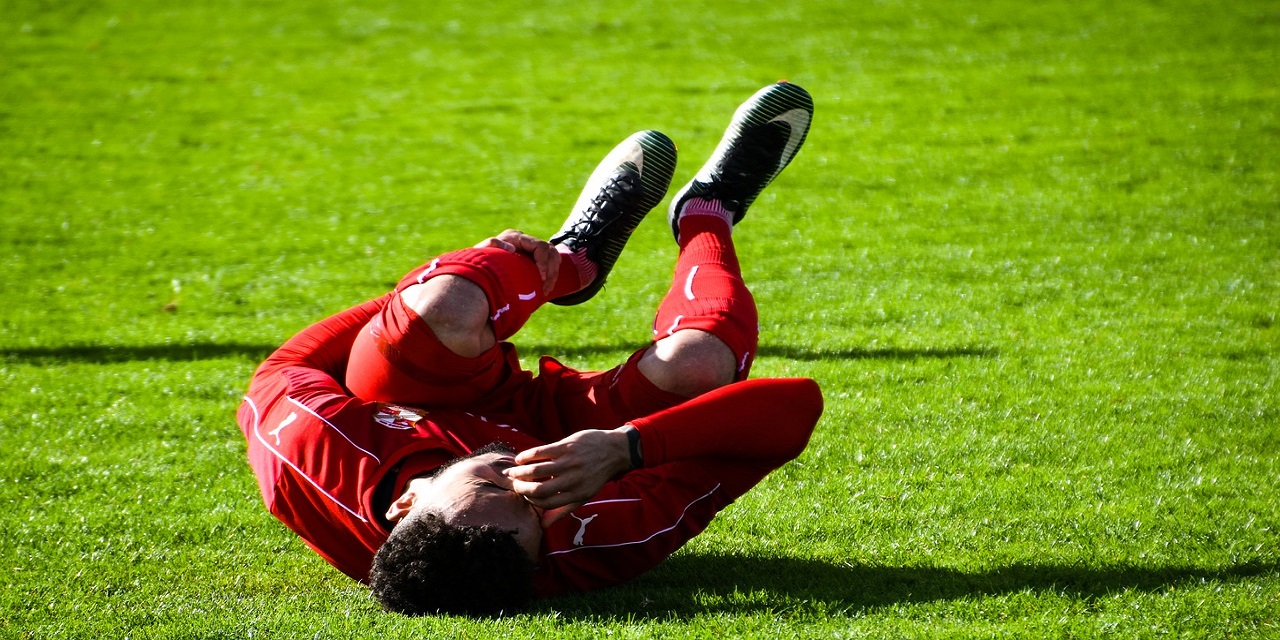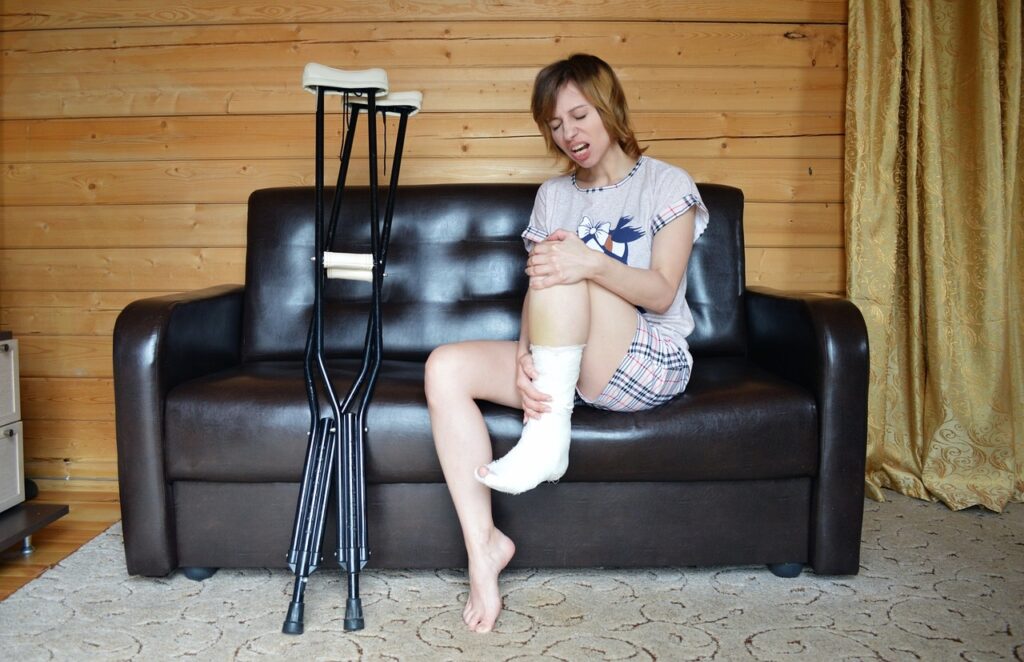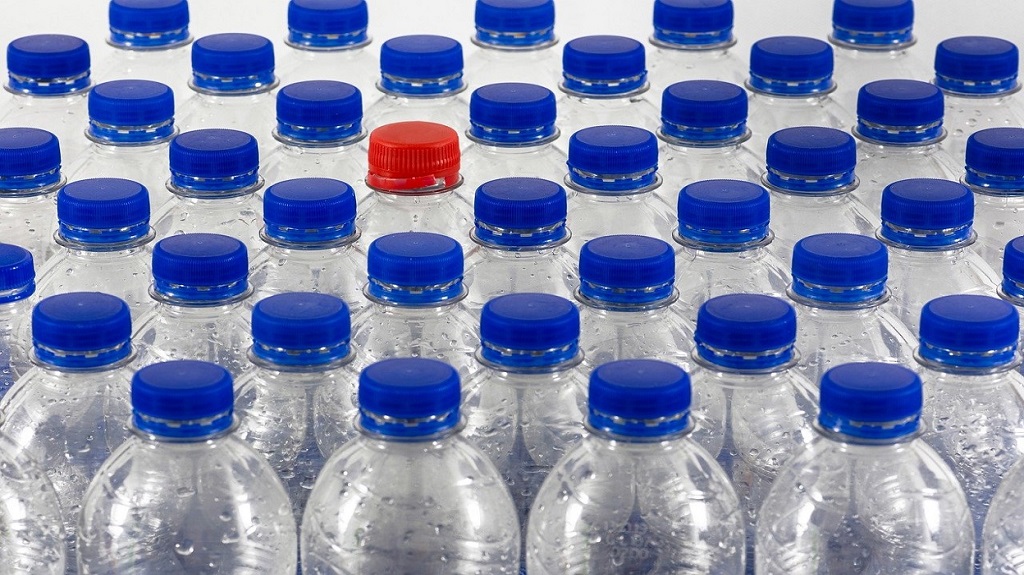Muscle strain is a condition of excessive stretching or tearing of muscle or tendons(tissue that connects muscle to bone). The two common reasons for muscle strain are either the muscles are stretched beyond their limits or they are under the force to contract too strongly. In normal cases, only a few muscle fibers stretched and get torn but manage to function properly whereas in severe cases torn muscles are unable to function properly in the movement. Depending upon the extremity of torn muscle fibers muscle strain is classified into three grades that are Grade 1 strain, Grade 2 strain, and Grade 3 strain.
Grade 1 strain is a condition of mild muscle stain where only a few muscle fibers are stretched and do not affect much on the movement.
Grade 2 strain is a condition of moderate strain where a greater number of muscle fibers and tendons are torn and restricts movement. The affected part appears swollen and is painful.
Grade 3 strain is a condition of a complete tear of muscle fibers and is severe. The muscle fibers are apart from tendons and the muscle function is lost completely. The muscle tear can also damage a small number of blood vessels. From the outside, the affected part appears swollen and from the inside, there is a gap due to the separation of muscle pieces apart.
Grade 1 muscle strain is common in sports activities and work that require continuous heavy lift.
Muscle strain can also occur in its fatigue condition. Hamstring, neck, shoulder, and lower back are the body parts that are more prone to muscle strain. Muscle strain can happen in any part of the muscle.

Symptoms –
- Muscle pain depending upon the severity of muscle strain.
- Muscle swelling in the affected area.
- Muscle cramp.
- Restriction of muscle movement depending upon the severity of muscle strain.
- Internal bleedings in some situations.
- Weakness.
Causes of muscle strain –
A muscle strain occurs when a muscle gets torn suddenly and unexpectedly in a situation like twisting, lifting heavy weights, working out on a fatigue muscle condition, falling, working out without warmup, lifting up heavy weights without correct techniques, etc.

The property of the muscle fiber is that it is inelastic at lower temperatures and elastic at temperatures higher than the normal body temperature.
Before starting workouts at Gym, participating in sports, gymnastics, etc one should warm up the body so that muscle fibers become more elastic and there is no muscle injury.
Some people often suffer from muscle strain unnecessarily even though they do not work out heavyweights because their muscle fibers are not much flexible. Such people should focus more on improving their flexibility and developing muscle strength under the guidance of a physical trainer.
Diagnosis –
Grade 1 and Grade 2 muscle strain conditions are usually self-diagnosable and can be self-treated at home while Grade 3 muscle strain requires medical attention. Time for treatment may range from a couple of days to 10 weeks depending upon the severity of the muscle strain.

First Aid for muscle strain –
Immediately stop the physical activity, when you are on the ground you can use pain relief spray for emergency use, ask your physical instructor for help. Take bed rest and do not move unnecessarily. Follow the RICE method that is Rest, Ice, Compression, and Elevation.
Rest – Take sufficient rest and protect the injured area.
Ice – Cold usually reduces pain and swelling. Apply a pack of ice on the affected area with the mild press about three times a day. if the swelling is gone apply heat using a cloth piece to the painful part.
Compression – Compress the affected part by wrapping it with an elastic bandage. Do not wrap too tightly as this can cause more pain.
Elevation – Elevate the affected part slightly by lying on pillows while you rest. This is will eliminate the pressure on the affected muscles and helps fast recovery.

Even after taking 2-3 day rest if there is no significant decrease in the swelling or pain or improvement of your health, consult the doctor for treatment.
Useful Glossary –
- Tendons – A fibrous tissue that connects muscles to bone.
- Fatigue – Extreme tiredness or the state of exhausted.
- Hamstring – Muscles at the back of knees.
- Muscle cramp – Painful contraction of muscles.



